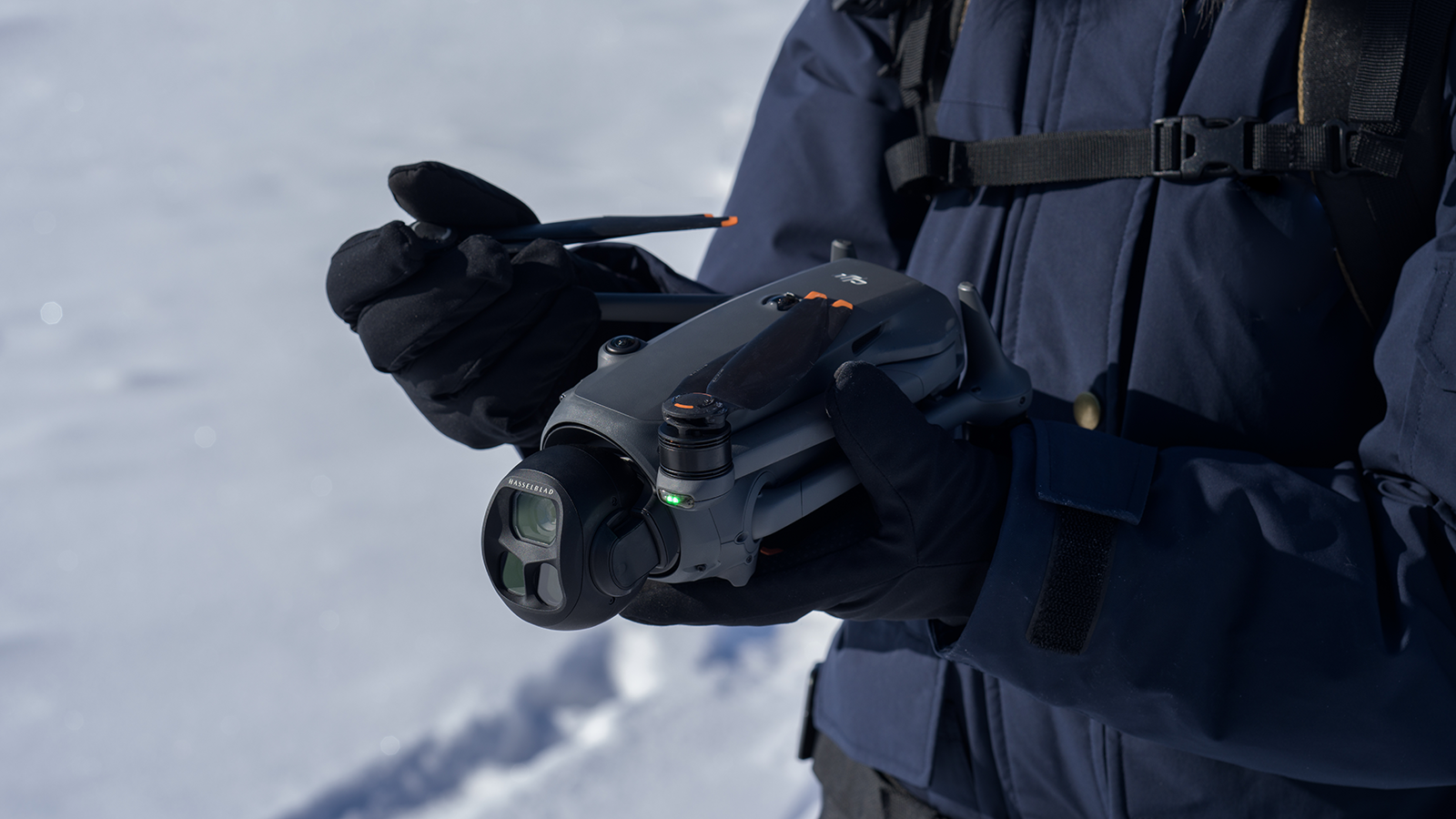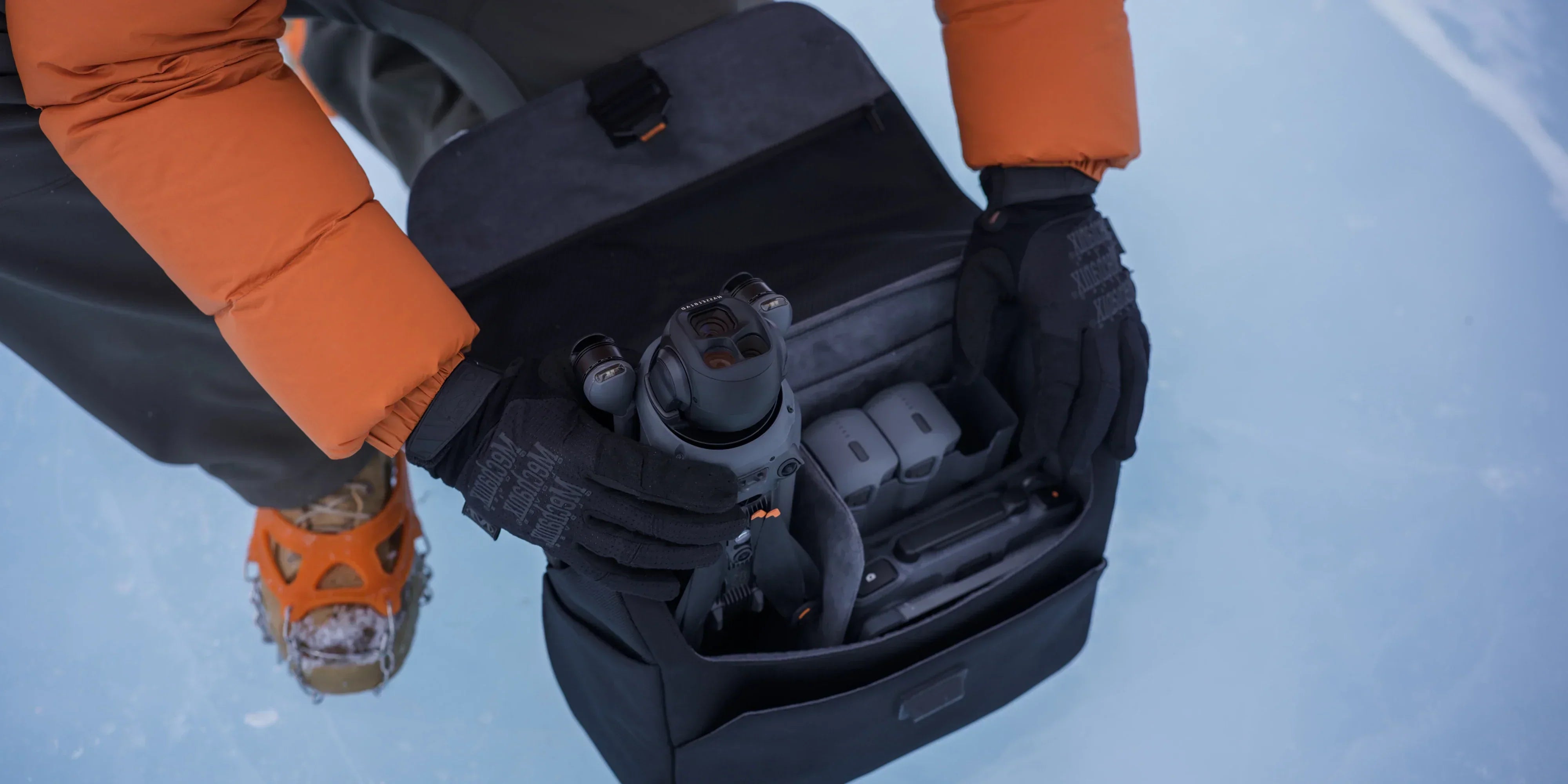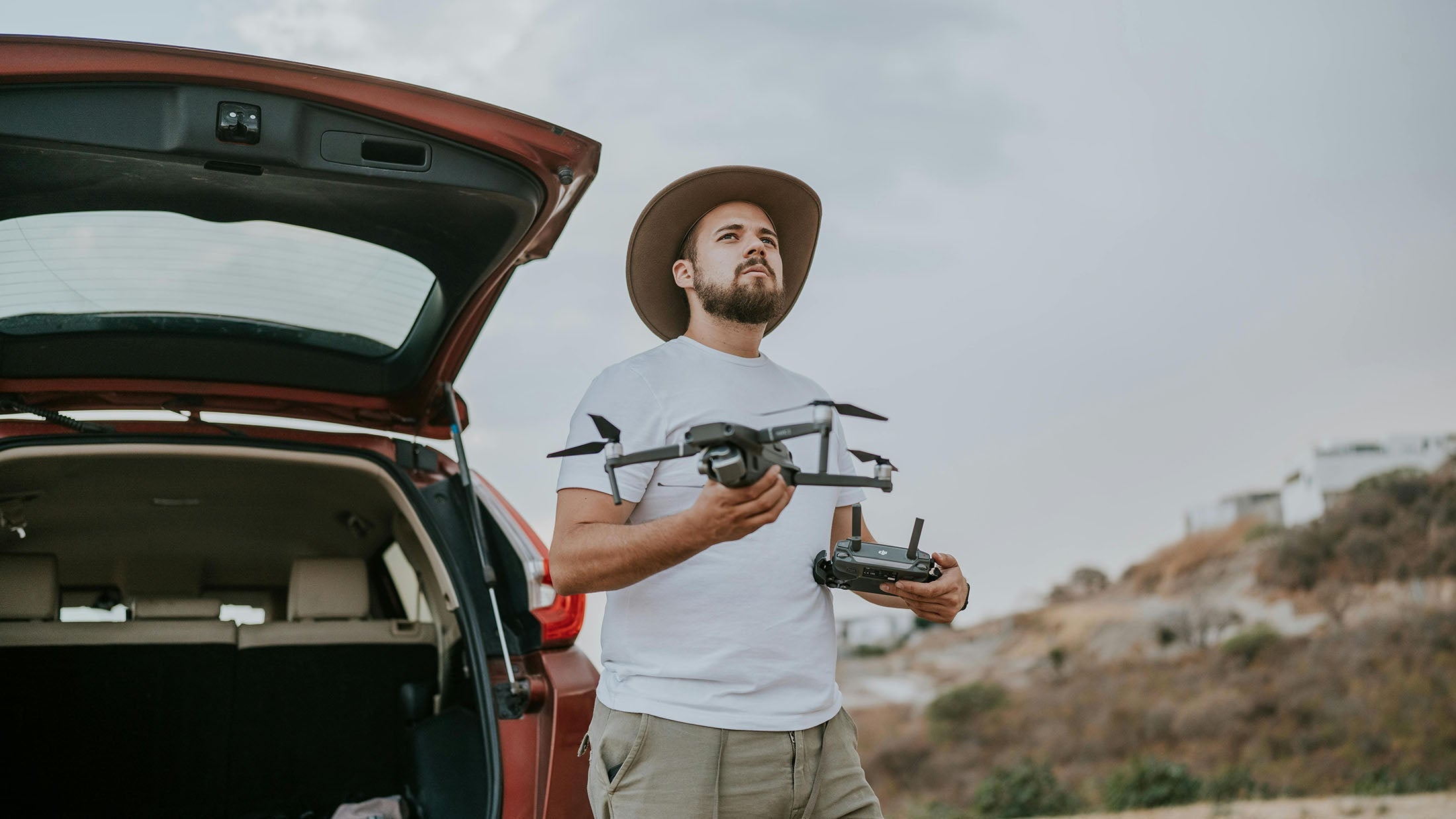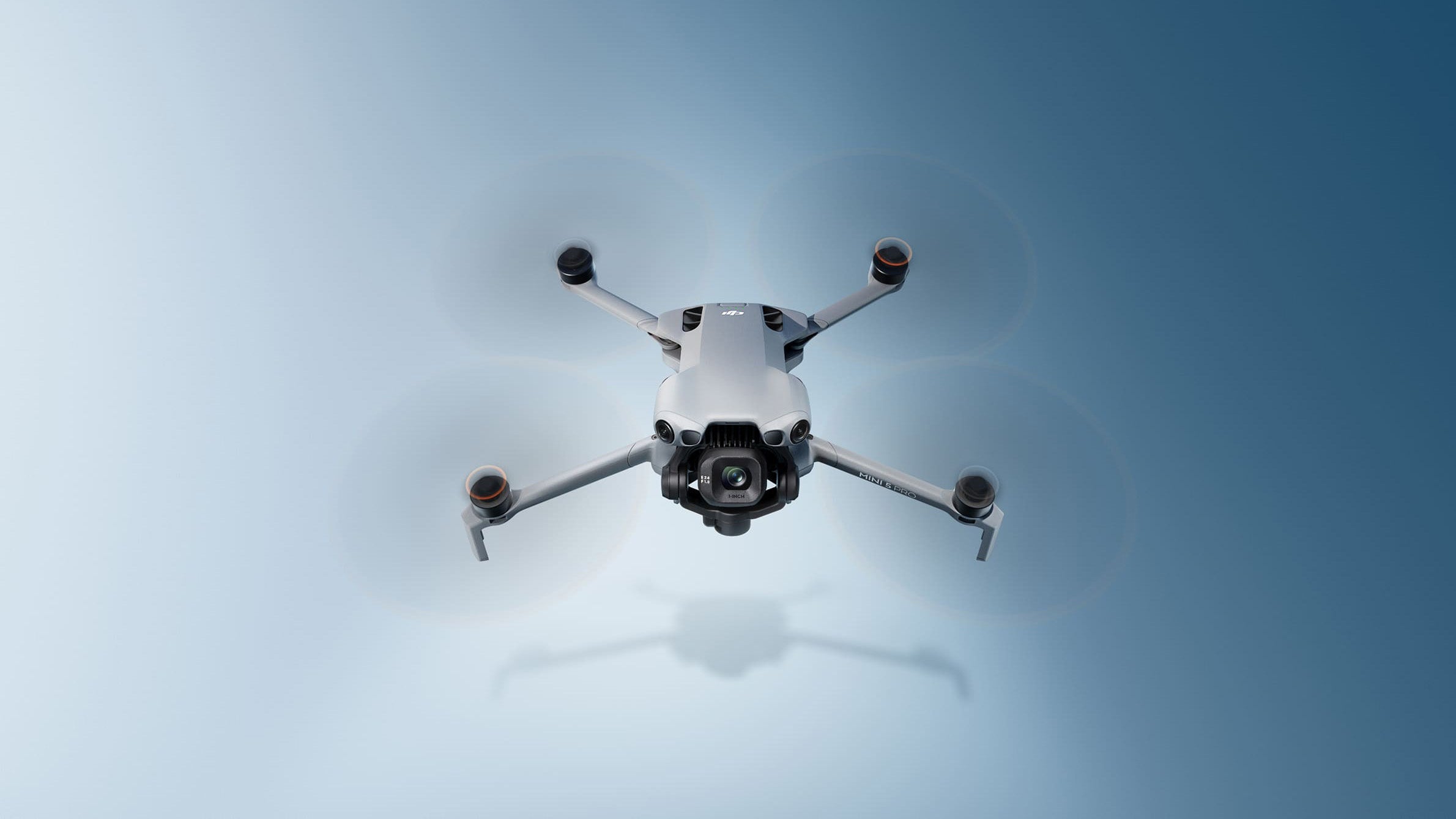With the recent launch of the DJI Mavic 4 Pro, DJI has once again added an impressive device to its range. This does not make the choice any easier—especially since there is an earlier-released model, the DJI Air 3S, which also has a great deal to offer.
If you are looking for a high-quality drone, you will quickly find yourself considering one of these two models. In this blog, we outline the similarities and differences.
Camera (Sensor)
For photographers, sensor size is an important consideration. The DJI Air 3S is a more compact device and therefore features slightly smaller sensors than the DJI Mavic 4 Pro. Furthermore, the DJI Mavic 4 Pro includes an additional (telephoto) lens compared to the DJI Air 3S. Based on experience, we can say that the medium telephoto lens (available on both models) is particularly useful for capturing stunning shots.
| Component | Specifications | DJI Air 3S | DJI Mavic 4 Pro |
| Main Camera | Brand | Hasselblad | Hasselblad |
| Sensor Size | 1" | 4/3" | |
| Photography | Aperture | f/1.8 (fixed) | f/2–11 |
| Megapixels | 50 | 100 | |
| Videography | Max. Resolution | 4K / 60 fps | 6K / 60 fps |
| Max. Bitrate (H.265) | 130 Mbps | 180 Mbps | |
| D-Log | Yes | Yes |
Both models are suitable for recreational pilots. However, for (semi-)professional users with demanding clients, our preference goes to the model with the superior specifications: the DJI Mavic 4 Pro.

Vertical Recording
Are you specifically aiming to capture barrel or rolling shots? Then the DJI Mavic 4 Pro is the drone of choice. However, this is not necessary for every type of recording. The DJI Mavic 4 Pro can rotate its camera, allowing you to shoot true vertical footage at 6K / 60 fps. With the DJI Air 3S, this is limited to 2.7K / 60 fps and requires post-processing to simulate vertical video. If you are not active on social media, this feature may be less relevant.

More Than Enough Flight Modes
Both drones offer flight modes such as Mastershots, Quickshots, ActiveTrack, Panorama, Time- and Hyperlapse. With ActiveTrack, you can instruct the drone to follow a person or moving object. The DJI Mavic 4 Pro performs slightly better in tracking fast-moving subjects. With Mastershots and Quickshots, you do not need to fly manually to create dynamic footage.

Range
Both drones have a signal range of several dozen kilometres. However, in the EU it is mandatory to keep your drone within visual line of sight at all times.
Flight Time
Both drones also offer generous flight times per battery. Under ideal conditions, the DJI Mavic 4 Pro can fly for up to 51 minutes. In practice, this will more likely be around 45 minutes. The DJI Air 3S does not quite match this. Its maximum flight time is 45 minutes, but typically it is slightly under 40 minutes.

Controller
Alongside the DJI Mavic 4 Pro, DJI introduced a new smart controller – the RC Pro 2. This controller features a very bright screen that automatically folds upwards. This is particularly useful on sunny days or in the dark.
Please note: this controller is only available in the more expensive Creator Combo, which also includes 512 GB of internal storage. This is significantly more than the 42 GB available on the DJI Air 3S.
EU Drone Certificate
The DJI Air 3S carries a C1 label, while the DJI Mavic 4 Pro holds a C2 label. Therefore, for the DJI Air 3S, the Basic certificate A1-A3 is sufficient. To operate the DJI Mavic 4 Pro, you must also obtain the Addtional certificate A2. Both devices require an operator ID.
Conclusion
For the latest features and the highest image quality, we recommend the DJI Mavic 4 Pro over the DJI Air 3S. However, that does not make the DJI Air 3S a poor choice. With its medium telephoto lens and ample flight modes, it remains an appealing option—especially for recreational pilots—at a lower price point.





Share:
DJI Air 3S tips
Help, I want to renew my certificate